Trends, accessibility & quantifiable impacts that affect you!
|
December 4, 2024
The YOLO Economy, How to Say Bangor, Short is In, and Poppin’ Pop-Ups! 🦞📏💵
*|MC_PREVIEW_TEXT|* ** Bright Bros. Bulletin…
November 19, 2024
Civic Depopulation, Trauma-Informed Co-Design, Victorian Nightmares & Holidays, Yay! 🎄🕎❄️
*|MC_PREVIEW_TEXT|* ** Bright Bros. Bulletin…
October 9, 2024
Spoopy Szn, Boozy Comebacks, A Content Strategy You Need to Rip Off & $40,082 in Savings! 🎃🍻📈
*|MC_PREVIEW_TEXT|* ** Bright Bros. Bulletin…
September 5, 2024
Downtown Marketing Trends 2023 | Creative
January 26, 2023
What You Need to Know in 2023 🌈🐰🌜
January 23, 2023
Downtown Marketing Trends 2023 | Placemaking
January 23, 2023
Downtown Marketing Trends 2023 | Video
January 23, 2023
















